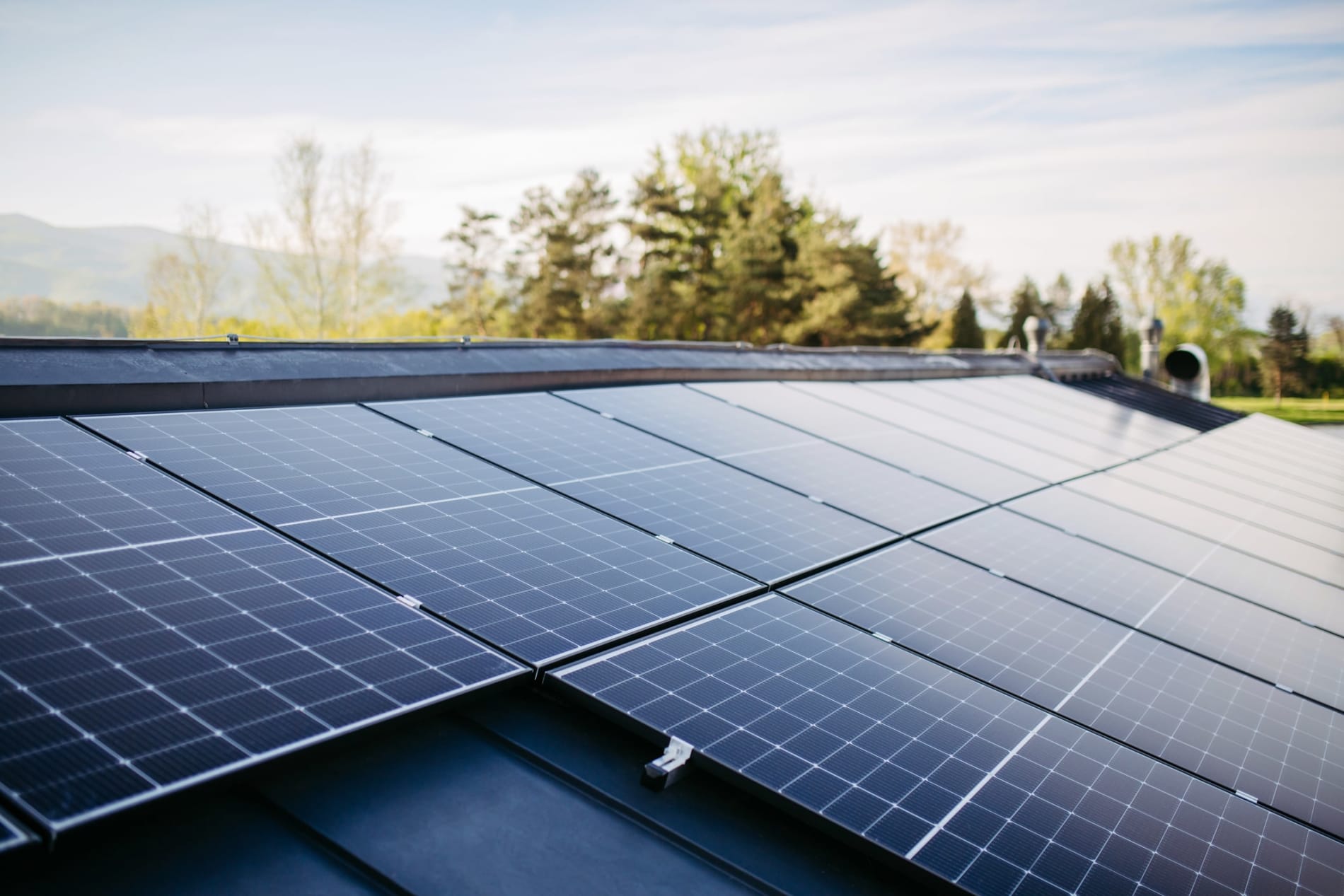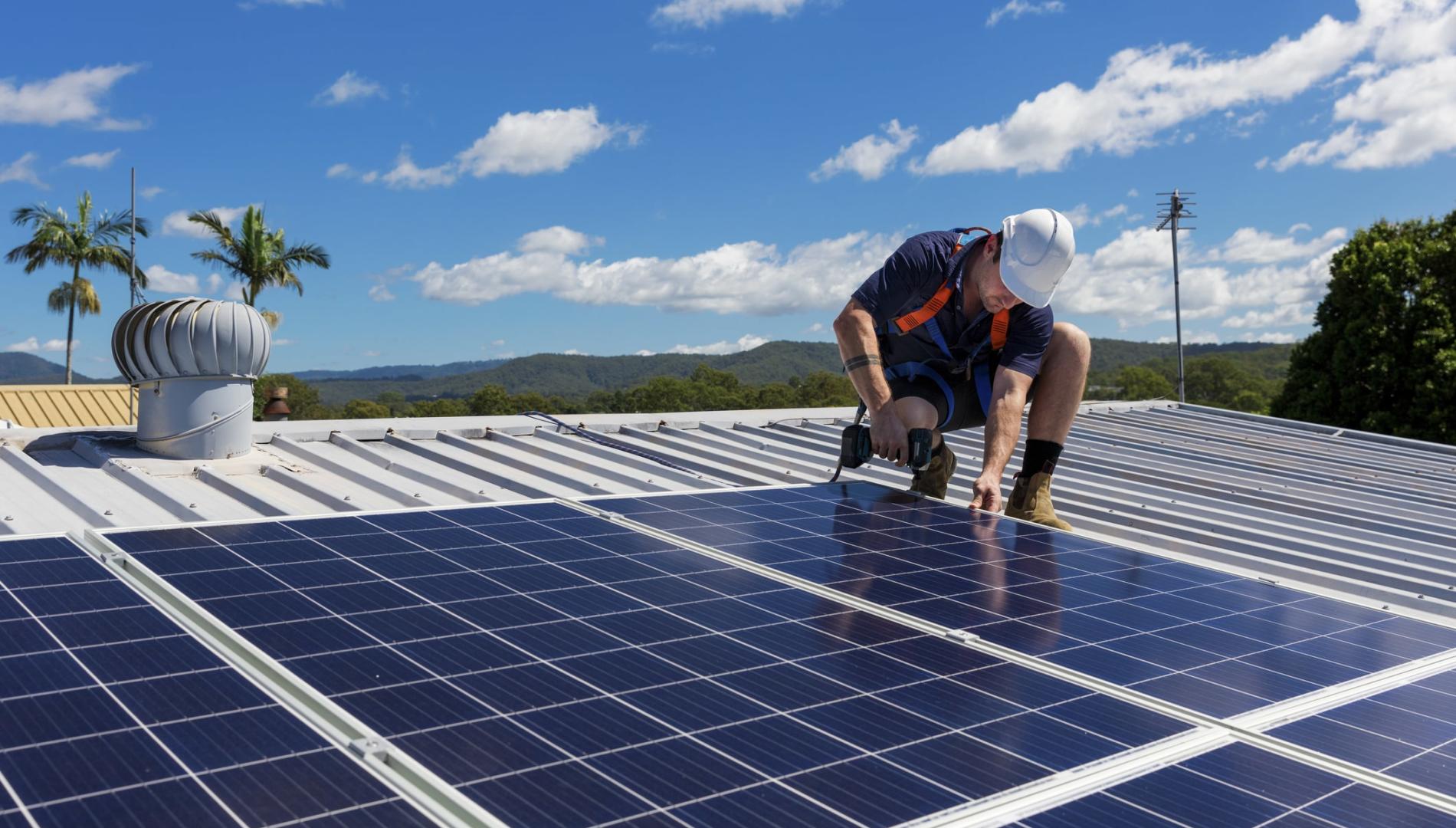A key pillar in the reduction of carbon emissions is transitioning to both centralised renewable energy sources (such as wind and solar farms), as well as distributed renewable energy generation, most notably rooftop solar.
In addition, reducing the amount of energy used by Australian homes, coupled with solar, will reduce the approximately 10% of Australia’s emissions produced by households.
While there’s a need to upgrade Australian homes, particularly those built before the introduction of energy efficiency standards, such upgrades can be expensive, and currently a large proportion of this is borne by households.
At the same time, the cost of living in Australia has increased significantly, and hence has been a hot topic over the past few years. Along with concern over rising supermarket prices, fuel costs and mortgage interest rates, rising energy costs have garnered attention.
Behaviour change is an important facet of this conversation. Many of us have made efforts to increase energy efficiency in our homes, for example by having shorter showers or turning lights off.
However, more complex behaviours such as buying energy-efficient appliances, changing electricity providers or installing solar panels require more effort and can incur high upfront costs.
Australian state governments have invested considerable resources to incentivise these behaviours, particularly for the installation of rooftop solar, and more recently for other large-cost energy upgrades.
However, these incentives don’t cover the full upfront cost, meaning they’re out of reach for many Australians, and the increased cost of living is exacerbating this.
A HECS-type incentive scheme
Recently, as part of a NSW Senate inquiry, several researchers and bodies suggested a HECS-type scheme be developed to help people take up energy-efficiency options and pay back the cost over time.
This type of scheme, however, raises questions about its effectiveness, because we’ve seen financial instruments used to encourage home energy upgrades with minimal – and even negative – effects.
For example, BehaviourWorks Australia at Monash University evaluated an energy upgrade incentive program as part of the Low Income Energy Efficiency Program (LIEEP).
This program essentially offered significant subsidies to low-income households to upgrade their hot water systems, with the rationale these households often have hot-water systems of poorer quality and efficiency that were substantially adding to their energy bills (on average, about 20% of household energy is used to heat hot water in Victoria).
Read more: Do we want a wind farm outside our window? What Australians think about the net zero transition
While these incentives were significant, they still required householders taking on some debt in the form of a no-interest loan (NIL) provided by the government.
Heavily-subsidised upgrades with NILs were a good offer by most measures, but we found these households weren’t willing to take on any debt, regardless of the terms.
One explanation is due to scarcity, which researcher Sendhil Mullainathan describes as the situation where people have fewer resources, including cognitive resources, than they need to make good economic decisions.
This is often the case because mental capacity is taken up with more pressing concerns (see here for his book), with limited resources available to calculate the costs and benefits of upgrades, finding suppliers, arranging a NIL, etc. In these cases, even “good debt” may be undesirable when people are experiencing ongoing financial pressures.
We should also look for evidence to support the idea that current solar and battery subsidies are going more to wealthier households.
Poor use of incentives
The poor use of incentives has been seen in other examples – for example, the $50 incentive the Victorian government offered to encourage people to visit the Energy Compare website.
Research conducted by our colleagues at Monash found not only that this didn’t have the desired effect of getting people to swap to a new, cheaper energy provider, but in some cases decreased the likelihood that people would do so, compared with not visiting the website in the first place.
What’s most worrying is that those less well-off were less likely to swap energy suppliers.
Of course, not all energy upgrade incentive programs are unsuccessful. We’ve also seen some good examples of what can work.
These include the NSW Home Power Saving Program, one of the largest low-income energy upgrade programs in Australia, and potentially worldwide, which was completed around a decade ago.
Reaching more than 220,000 homes, this program involved home-energy assessors visiting households and helping them understand their current energy use, as well as offering some free, small items such as light globes, door snakes and power boards that switch appliances off completely (instead of remaining on standby), to encourage reductions in energy consumption.
There were numerous factors that led to this program’s success (a 10%-plus reduction in energy), but at the heart was the very personal approach. People joined the program for the free items, but afterwards most valued their interaction with the assessor.
LIEEP success story
Likewise, another LIEEP project we were involved in was very successful at recruiting participants.
We partnered with Goulburn Valley Community Energy, which was already well-connected to its community, having previously run several upgrade programs. Apart from a trustful database, a key to the success was that the scheme required no payment from the household. Following a visit from an assessor (usually someone the householder already knew), options were explored for how a payment of $500 could best be spent.
The lessons learned from other programs are important, and any new HECS-style subsidy for upgrades needs to consider past experience in the design to maximise uptake, prevent unintended consequences, and reduce the likelihood that such a scheme further entrenches disadvantage.
Read more: Switching on: The benefits of household electrification in Australia
The worst-case scenario is that low-income households don’t take up the offer in the same numbers as wealthier households, and are stuck paying for the energy infrastructure that services all Australians.
In BehaviourWorks’ new book, Inspiring Change: How To Influence Behaviour For a Better World, we outline several tools that would help in this task, including evidence and practice review (which would capture some of these experiences), behaviour identification (which would have helped the Victorian government focus on the end-state behaviour of actually switching rather than relying on the assumption that checking other offers would lead to this), talking to the target audience about the specific behaviour (which would assist in both examples), and trialling and evaluating different incentive programs to see what works, particularly with low-income-focused programs.








